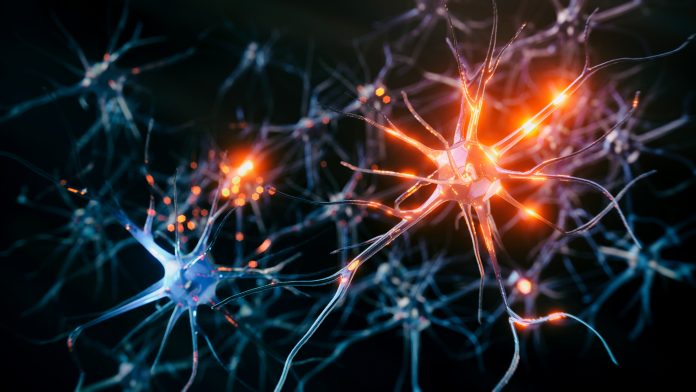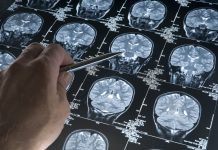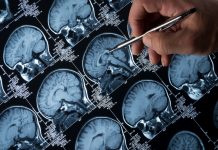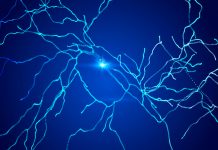Blocking the MEG3 molecule holds promise as a potential Alzheimer’s treatment by delaying brain cell death
Researchers from the United Kingdom and Belgium claim to have unravelled the process behind brain cell death in Alzheimer’s disease. This long-standing mystery has sparked scientific discussions for years.
Their study, published in the journal Science, links the accumulation of abnormal proteins in the brain to a phenomenon called “necroptosis,” which is a type of cellular self-destruction. These discoveries are remarkable and promising because they offer fresh avenues for potential Alzheimer’s disease treatments.
Understanding the Role of MEG3
The symptoms of Alzheimer’s, including memory loss, are primarily attributed to the loss of neurons (brain cells). Within the brains of individuals affected by the disease, there is a noticeable accumulation of abnormal proteins known as amyloid and tau. However, connecting these fundamental characteristics of Alzheimer’s has been challenging for scientists.
Now, researchers from the Dementia Research Institute at University College London in the UK and KU Leuven in Belgium propose a possible explanation. They suggest that the abnormal amyloid protein starts accumulating in the spaces between neurons, leading to brain inflammation, which is detrimental to the neurons. This inflammatory process begins to alter the internal chemistry of the neurons.
As a result, tangles of tau protein form, and the brain cells initiate the production of a specific molecule called MEG3, which triggers cell death known as necroptosis. Necroptosis is a natural mechanism the body uses to eliminate unwanted cells as it generates new ones.
The research team observed that when they could block MEG3, the brain cells could survive.
“This is a very important and interesting finding,” researcher Prof Bart De Strooper, from the UK’s Dementia Research Institute, told the BBC.
“For the first time, we understand how and why neurons die in Alzheimer’s disease. There’s been a lot of speculation for 30-40 years, but nobody has been able to pinpoint the mechanisms.
“It really provides strong evidence it’s this specific suicide pathway.”
Breakthrough experiments
The breakthroughs emerged from experiments involving the transplantation of human brain cells into the brains of mice that had been genetically altered. These mice were designed to generate significant amounts of abnormal amyloid.
Recent advancements have been achieved in developing medications designed to remove amyloid from the brain. These represent the initial treatments capable of decelerating the degeneration of brain cells.
A whole new line of drug development
Professor De Strooper suggests that the revelation that inhibiting the MEG3 molecule can delay the demise of brain cells might potentially result in a “whole new line of drug development”. However, this will take years of research.
Prof Tara Spires-Jones, from the University of Edinburgh and the president of the British Neuroscience Association, said it’s “addresses one of the fundamental gaps in Alzheimer’s research… these are fascinating results and will be important for the field moving forward.”
Dr Susan Kohlhaas, from Alzheimer’s Research UK, said the findings were “exciting” but still at an early stage.
Points to new mechanisms of cell death in Alzheimer’s disease that we didn’t previously understand
“This discovery is important because it points to new mechanisms of cell death in Alzheimer’s disease that we didn’t previously understand and could pave the way for new treatments to slow, or even stop disease progression in the future.”











